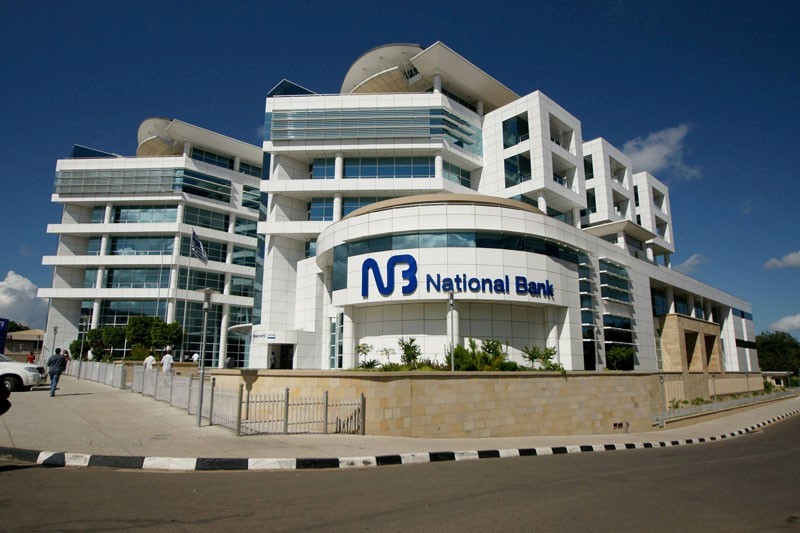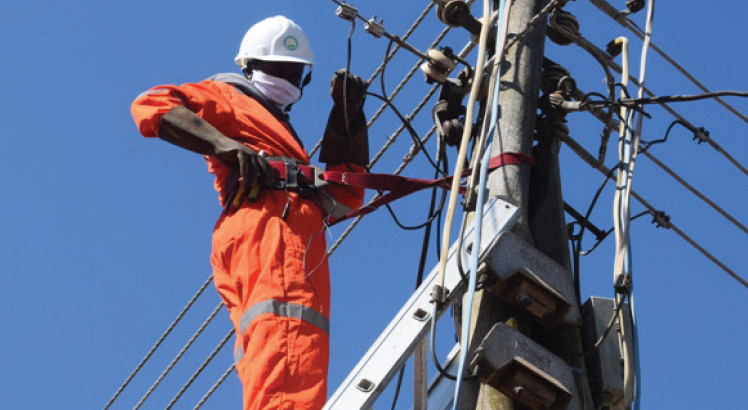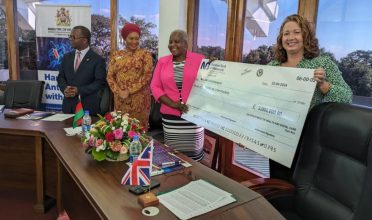Kwacha least volatile-SADC
Southern African Development Community (Sadc) says the kwacha is the least volatile currency in the bloc, alongside the Tanzanian shilling.
In its Regional Economic Performance and the Business Environment in 2020 and Medium-Term Prospects Brief, Sadc said this is despite continued pressures on the exchange rate, reflecting inadequate supply of foreign exchange, exacerbated by the impact of Covid-19 pandemic.

Reads the brief in part: “The Malawi Kwacha exchange rate depreciated by 4.7 per cent against the US dollar and traded at K773.11 per dollar as at end December 2020. In terms of the exchange rate, the impact of Covid-19 resulted in exchange rates depreciating at varying magnitudes in the first and second quarters of 2020.
“The currencies depreciated due to downward revisions of economic growth projections, power supply interruptions and the Covid-19 outbreak which resulted in a massive sell-off of risky assets and capital flows to safe-haven assets such as the US dollar.”
According to Sadc, throughout 2020, the Angolan kwanza, the Zambian kwacha and the South African rand were the most volatile currencies.
Meanwhile, the local unit continues to lose value, with a latest CDH Investment Bank Second Quarter (Q2) 2021 Report indicating that the local unit depreciated against major trading currencies with the middle rate increasing to an average of K800.42 in Q2 2021 from K782.05 in Q1 2021 and K741.95 in Q2 2020.
This is despite the onset of the tobacco season which traditionally is considered as one key sector which helps to stabilise the kwacha and creates a buffer for forex in the country.
For instance, the kwacha depreciated by 2.35 percent, 4.54 percent, 3.5 percent, and 8.8 percent trading at an average of K800.42, K1 173.53, K1 030.45 and 60.67 for US dollar, British pound, euro and South African rand respectively.
Reads the brief in part: “The depreciation was on account of a shortage of foreign exchange [forex] in the domestic market, emanating mainly from weak export proceeds and foreign investment inflows which were negatively affected by the global Covid-19 pandemic during the 2020/2021 season.
“The import bill also expanded due to increased imports of Covid-19 mitigation items and strategic commodities under the Affordable Inputs Programme.”
Consequently, the foreign exchange shortage pushed down gross official forex reserves to $424.99 million (1.70 months of import cover) as at June 30 2021 compared to $410.16 million (1.96 months of import cover) as at March 31 2021 and $682.66 million (3.27 months of import cover) as at June 30 2020.
The gross official forex reserves have been below the recommended 3 months of import cover since November 2020.
The gloomy picture comes as Finance Minister Felix Mlusu in his 2021/22 Budget Statement projected the kwacha to stablise at K780 to a dollarbanking on the fact that economic prospects for Malawi are showing signs of recovery following the declining Covid-19 pandemic cases and steady progress in rolling out the vaccine.
In an earlier interview, Financial Market Dealers Association president MclewenSikwesesaid with the reserves position low and the existing backlog of foreign exchange bills in the market, the prospects of an appreciation of the kwacha remains remote. RBM governor Wilson Banda had also indicated that the central bank will not maintain a fixed exchange rate regime but will allow flexibility in the movement of the local currency going forward.





